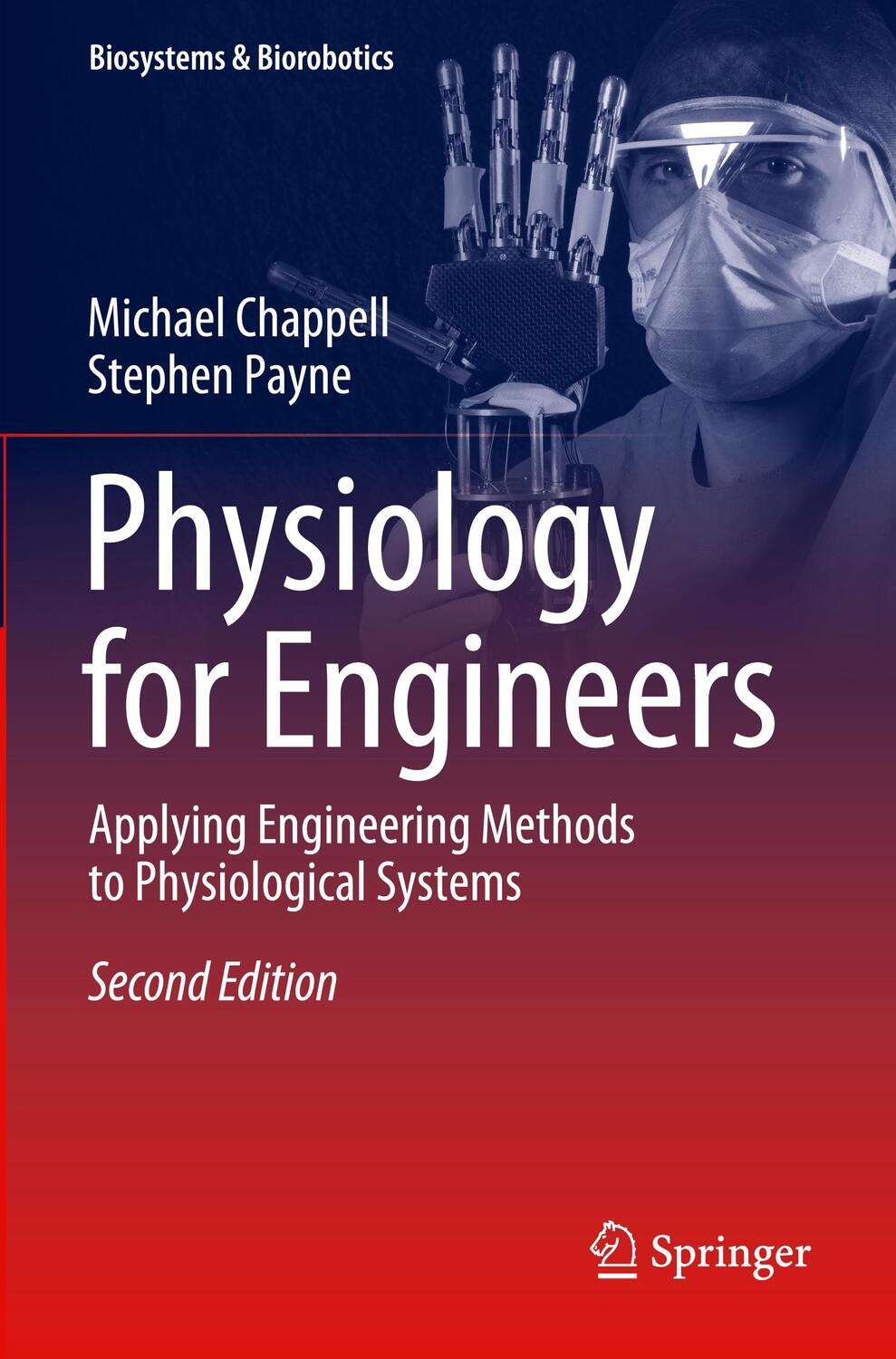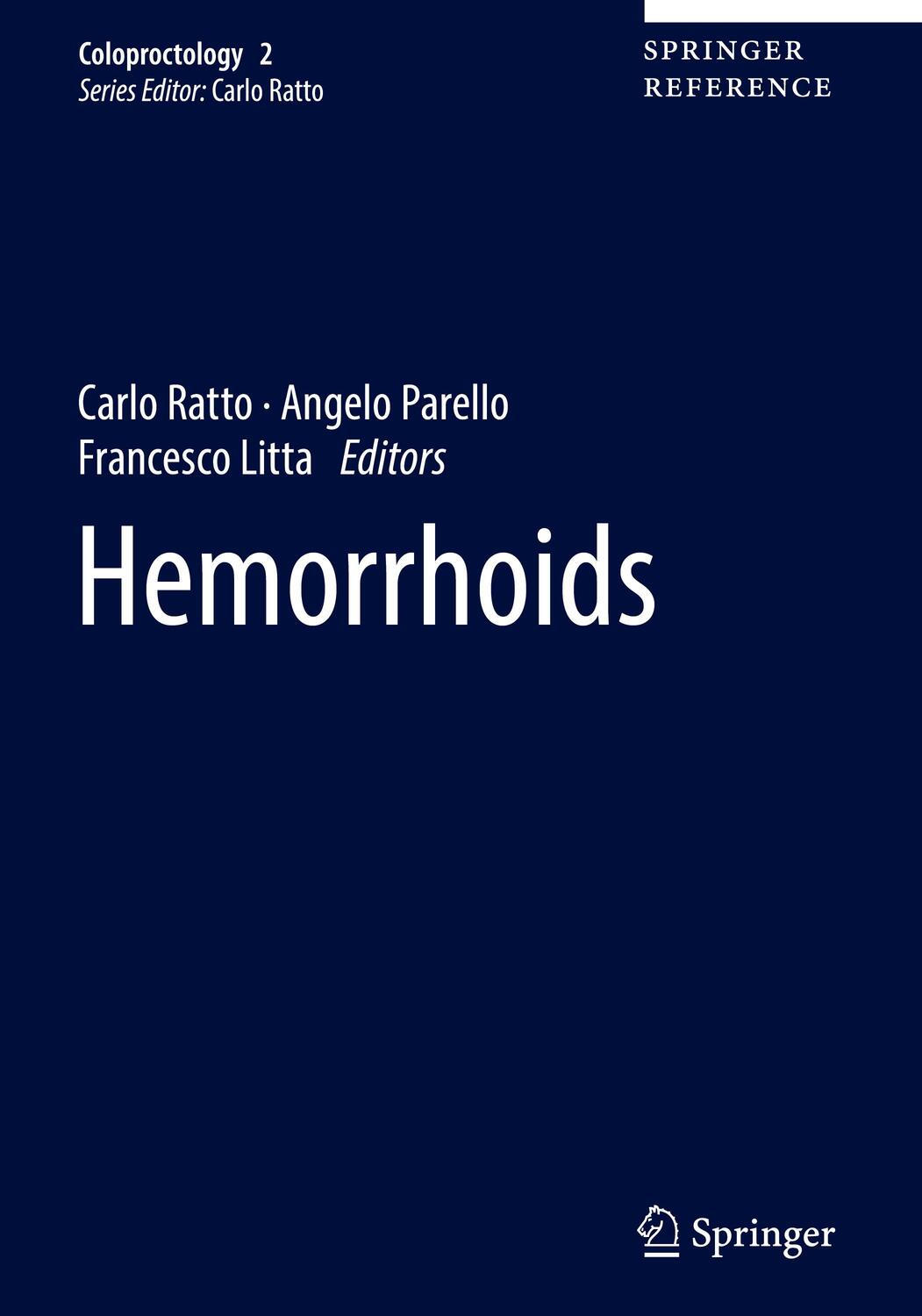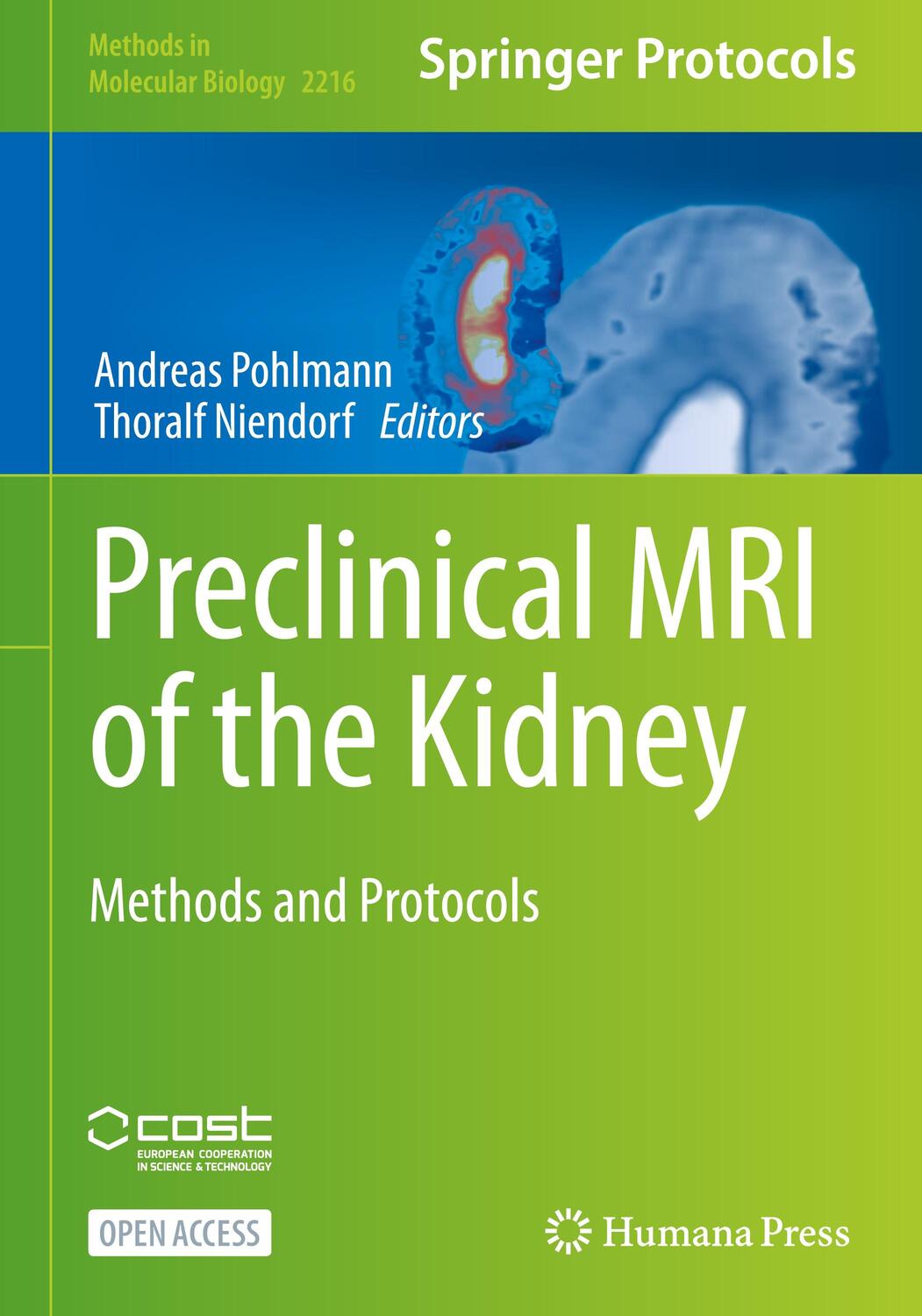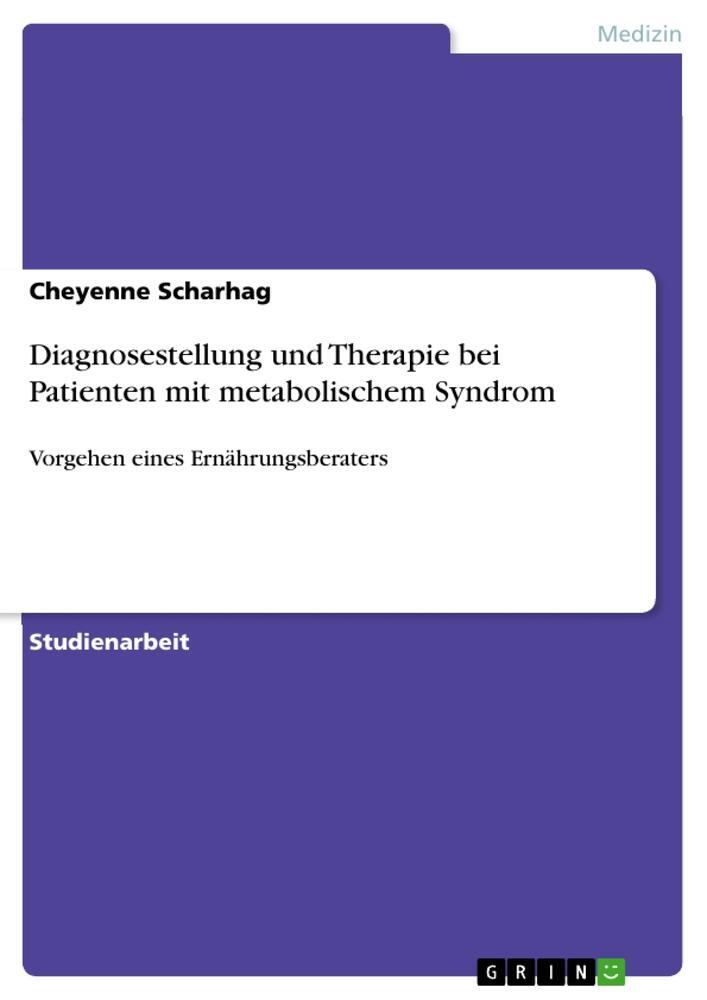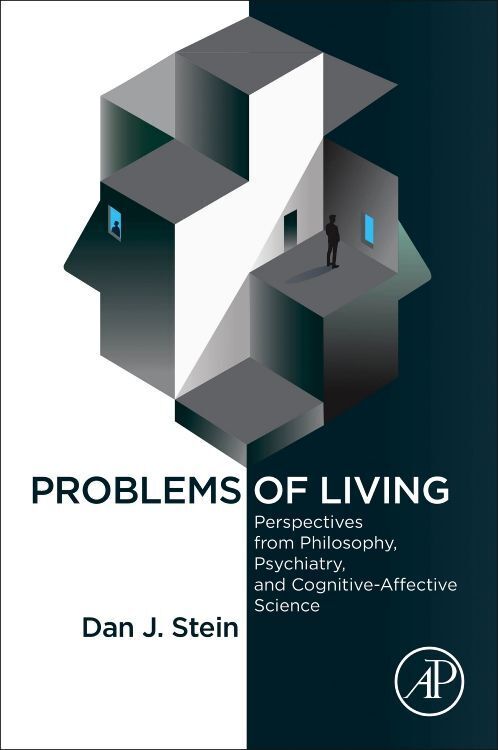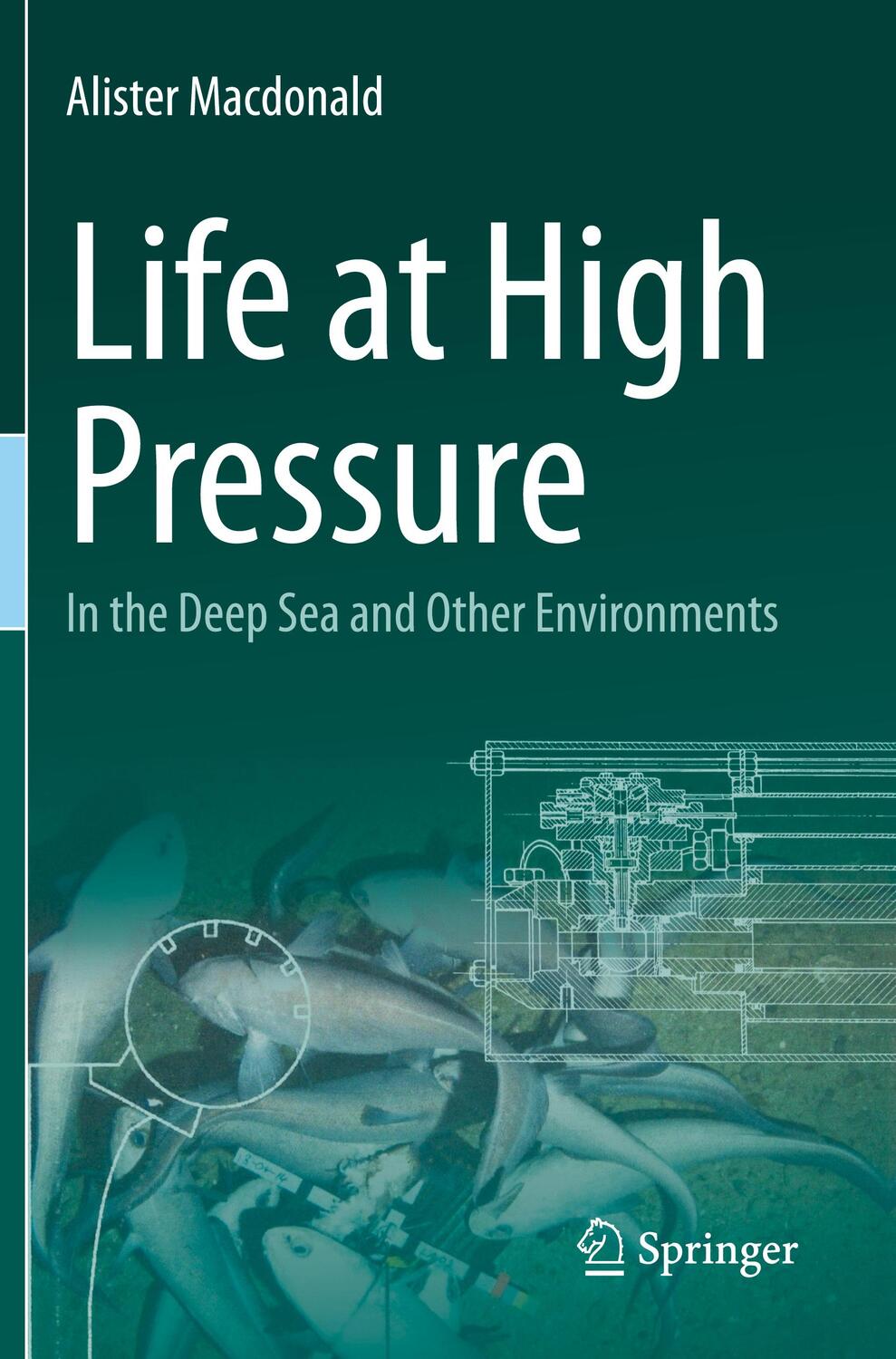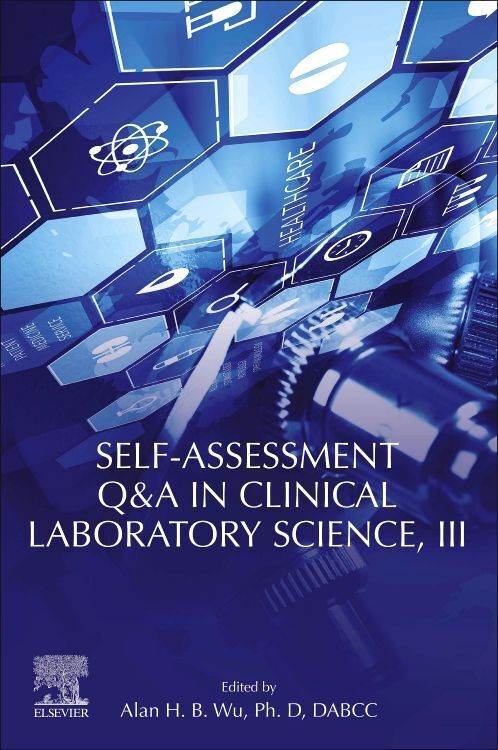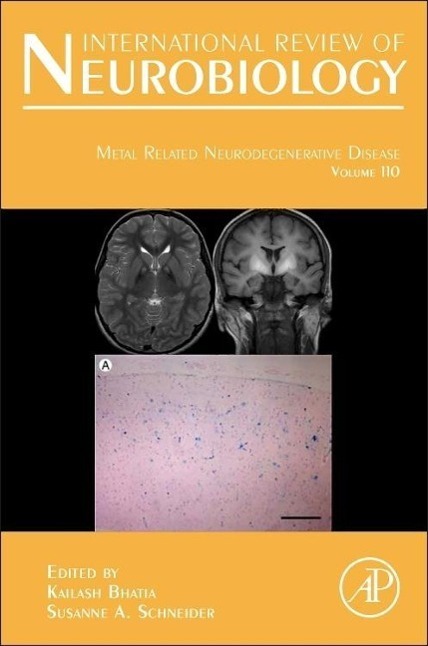69,54 €*
Versandkostenfrei per Post / DHL
Aktuell nicht verfügbar
Michael Chappell is an Associate Professor of Engineering Science at the Institute of Biomedical Engineering (IBME), Department of Engineering Science, University of Oxford. Michael also heads the Quantitative Biomedical Inference group, which combines together inference techniques from information engineering with mathematical models from physics and physiology to estimate quantitative information for biomedical, and especially clinical applications. His main interest is medical imaging of metabolism and haemodynamics. Michael read Engineering Science in Oxford at undergraduate level, specialising in information engineering topics and completing a project on the detection of landmines. He then completed a doctorate on SCUBA diving, primarily using mathematical models to explore the development of bubbles from dissolved gases under decompression in the body - the resulting sickness is commonly referred to as 'the bends'. Finally, he found his way into magnetic resonance imaging and now develops ways to measure blood flow and pH in the body with applications in stroke, cancer and dementia. Michael is the co-author of one book, and is a series editor for the Oxford Neuroimaging Primers and an author of two of the primers: Introduction to Neuroimaging Analysis, and Introduction to Perfusion Quantification using Arterial Spin Labelling.
Stephen Payne is an Professor of Engineering Science at the Institute of Biomedical Engineering (IBME), Department of Engineering Science, University of Oxford. Stephen heads the Cerebral Haemodynamics Group, focusing on modelling blood flow and metabolism in the brain, which is particularly important in the context of diseases such as stroke and dementia. Another of the group's key areas is cerebral autoregulation - the mechanism that maintains blood flow almost constantly in response to changes in blood pressure. Stephen has worked in physiological modelling for over 15 years.Having entered the field of biomedical engineering before it was available even as an undergraduate option course, he has seen first-hand how difficult it can be to learn about physiology in a way that makes it amenable to mathematical treatment, such as mathematical modelling, without good introductory guides. Stephen is also the author of two related books on cerebral autoregulation and cerebral blood flow and metabolism.
Includes a set of exercises and worked examples for students
Has been classroom-tested at the University of Oxford
Builds on concepts with which physical sciences and engineering students are already familiar
| Erscheinungsjahr: | 2021 |
|---|---|
| Fachbereich: | Allgemeines |
| Genre: | Technik |
| Rubrik: | Naturwissenschaften & Technik |
| Medium: | Taschenbuch |
| Seiten: | 188 |
| Reihe: | Biosystems & Biorobotics |
| Inhalt: |
ix
176 S. 30 s/w Illustr. 45 farbige Illustr. 176 p. 75 illus. 45 illus. in color. |
| ISBN-13: | 9783030397074 |
| ISBN-10: | 3030397076 |
| Sprache: | Englisch |
| Ausstattung / Beilage: | Paperback |
| Einband: | Kartoniert / Broschiert |
| Autor: |
Payne, Stephen
Chappell, Michael |
| Auflage: | 2nd ed. 2020 |
| Hersteller: |
Springer International Publishing
Biosystems & Biorobotics |
| Maße: | 235 x 155 x 11 mm |
| Von/Mit: | Stephen Payne (u. a.) |
| Erscheinungsdatum: | 29.04.2021 |
| Gewicht: | 0,295 kg |
Michael Chappell is an Associate Professor of Engineering Science at the Institute of Biomedical Engineering (IBME), Department of Engineering Science, University of Oxford. Michael also heads the Quantitative Biomedical Inference group, which combines together inference techniques from information engineering with mathematical models from physics and physiology to estimate quantitative information for biomedical, and especially clinical applications. His main interest is medical imaging of metabolism and haemodynamics. Michael read Engineering Science in Oxford at undergraduate level, specialising in information engineering topics and completing a project on the detection of landmines. He then completed a doctorate on SCUBA diving, primarily using mathematical models to explore the development of bubbles from dissolved gases under decompression in the body - the resulting sickness is commonly referred to as 'the bends'. Finally, he found his way into magnetic resonance imaging and now develops ways to measure blood flow and pH in the body with applications in stroke, cancer and dementia. Michael is the co-author of one book, and is a series editor for the Oxford Neuroimaging Primers and an author of two of the primers: Introduction to Neuroimaging Analysis, and Introduction to Perfusion Quantification using Arterial Spin Labelling.
Stephen Payne is an Professor of Engineering Science at the Institute of Biomedical Engineering (IBME), Department of Engineering Science, University of Oxford. Stephen heads the Cerebral Haemodynamics Group, focusing on modelling blood flow and metabolism in the brain, which is particularly important in the context of diseases such as stroke and dementia. Another of the group's key areas is cerebral autoregulation - the mechanism that maintains blood flow almost constantly in response to changes in blood pressure. Stephen has worked in physiological modelling for over 15 years.Having entered the field of biomedical engineering before it was available even as an undergraduate option course, he has seen first-hand how difficult it can be to learn about physiology in a way that makes it amenable to mathematical treatment, such as mathematical modelling, without good introductory guides. Stephen is also the author of two related books on cerebral autoregulation and cerebral blood flow and metabolism.
Includes a set of exercises and worked examples for students
Has been classroom-tested at the University of Oxford
Builds on concepts with which physical sciences and engineering students are already familiar
| Erscheinungsjahr: | 2021 |
|---|---|
| Fachbereich: | Allgemeines |
| Genre: | Technik |
| Rubrik: | Naturwissenschaften & Technik |
| Medium: | Taschenbuch |
| Seiten: | 188 |
| Reihe: | Biosystems & Biorobotics |
| Inhalt: |
ix
176 S. 30 s/w Illustr. 45 farbige Illustr. 176 p. 75 illus. 45 illus. in color. |
| ISBN-13: | 9783030397074 |
| ISBN-10: | 3030397076 |
| Sprache: | Englisch |
| Ausstattung / Beilage: | Paperback |
| Einband: | Kartoniert / Broschiert |
| Autor: |
Payne, Stephen
Chappell, Michael |
| Auflage: | 2nd ed. 2020 |
| Hersteller: |
Springer International Publishing
Biosystems & Biorobotics |
| Maße: | 235 x 155 x 11 mm |
| Von/Mit: | Stephen Payne (u. a.) |
| Erscheinungsdatum: | 29.04.2021 |
| Gewicht: | 0,295 kg |

